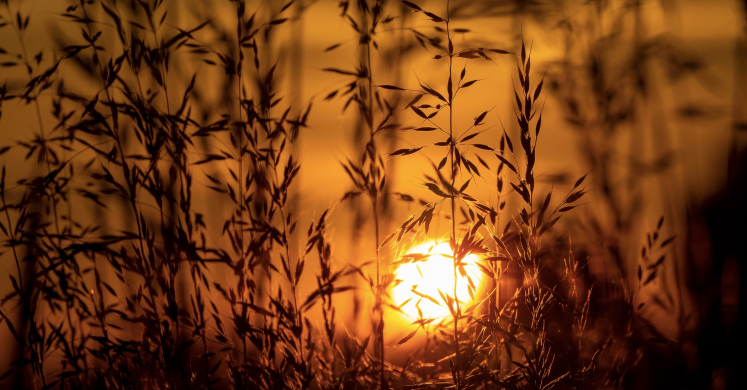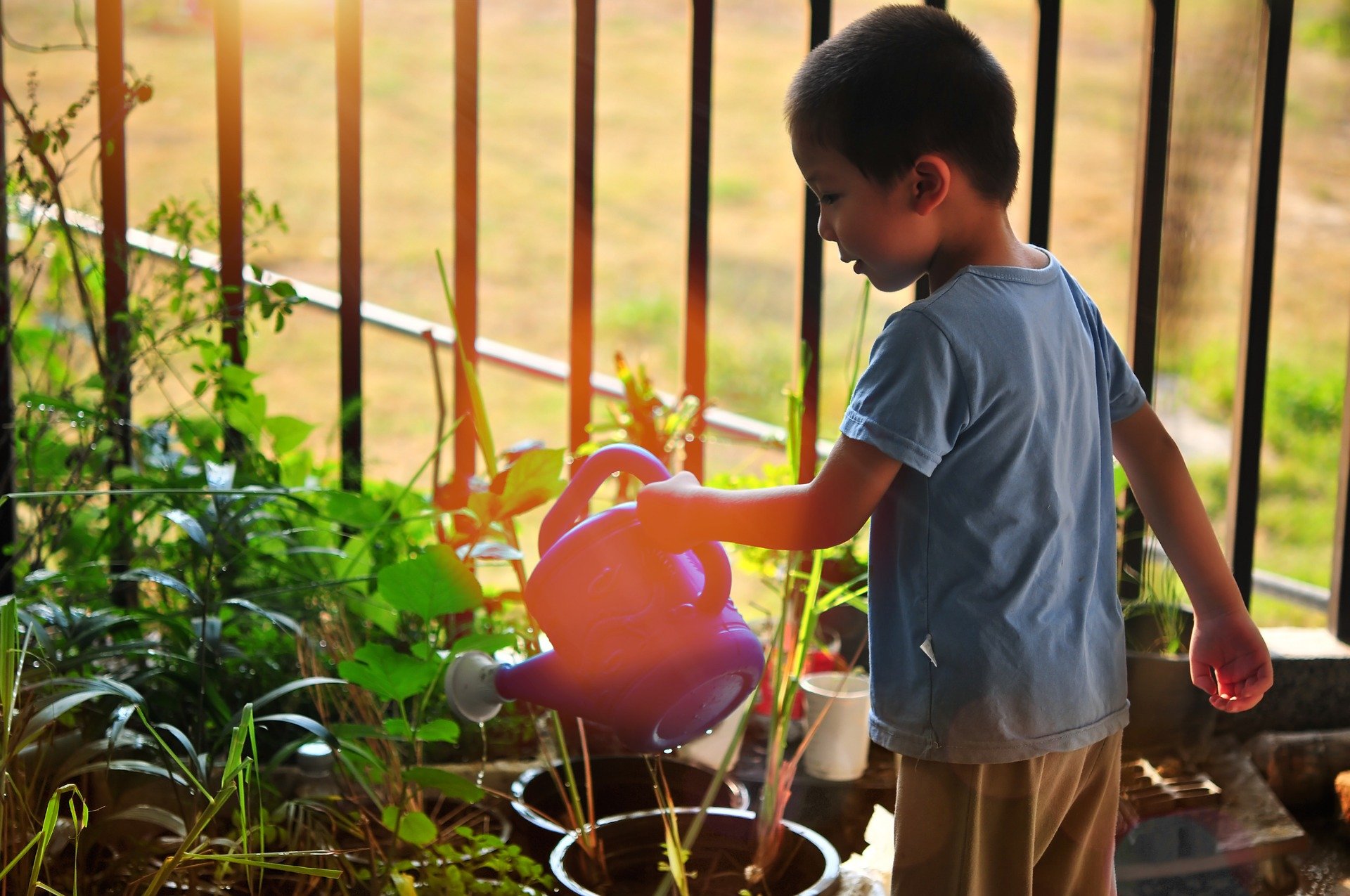Blog

#bioPGH Blog: Wild Changes from Climate Change
 A resource of Biophilia: Pittsburgh, #bioPGH is a weekly blog and social media series that aims to encourage both children and adults to reconnect with nature and enjoy what each of our distinctive seasons has to offer.
A resource of Biophilia: Pittsburgh, #bioPGH is a weekly blog and social media series that aims to encourage both children and adults to reconnect with nature and enjoy what each of our distinctive seasons has to offer.
Last week on the blog, we looked at some of the different ways that animals manage heat in the summer — especially relevant since July of 2023 seems to have clinched the record of hottest recorded summer on Earth. One of the questions we received from social media particularly caught my attention:
Can you tell us about some of the animals that you know are responding to rising temperatures?
It’s a sobering but good question because wildlife have indeed been responding to changing climates — but it’s not just animals. Much of life on Earth has been slowly shifting over the last few decades, and it has been shifting in observable and measurable ways. Below is just barely skimming of the surface of how our world is changing. It is indeed alarming, but we can still act. Keep reading until the end to explore ways that you can take action!
Wildlife around the world have already begun to change behaviors or demonstrate change in morphology. Birds are an easy group to study because we have extensive historical records on their behavior (you gotta love bird nerds, always watching the skies!). For many migratory birds around the world, the timing and even destinations for seasonal migrations have started shifting. Studies in North America have shown that over the past few decades, spring migration has been starting earlier by an average of three-five days and the window for fall migration has expanded by 17 days. Other parts of the world have seen similar patterns, including changes in over-wintering locations. Some species have even exhibited shifts in morphology, with smaller bodies and longer wings in response to increasing temperature. In the oceans, Arctic marine mammals like belugas and ringed seals have already shifted habitats due to loss of sea ice, we are seeing an increase in coral bleaching events due to warming waters, historic prey availability for sharks has changed, which is leading to changes in their travel patterns and there have been an increase in frequency of odd mysteries…like the 2022 “disappearance” of ten billion Bering Sea snow crabs off the coast of Alaska.
Animals aren’t the only denizens of the wild world who have experienced changes as a result of climate change, though. Plants around the globe are demonstrating changes in response to warming temperatures. For example, budding, blooming, and leafing times for plants are often based on a combination of temperature and daylength cues; however, climate change is shifting plant timing, often with a mismatch between plants in shared communities since their cues may not be completely temperature-reliant. This is problematic because plants in community with other have adapted to take advantage of each other’s traits. For example, some forest floor plants need to bloom early spring before there is extensive shade from the forest canopy, but if there is a mismatch in timing of blooming and leafing, that impacts full productivity of the forest community. It could also be problematic if plants begin flowering before or after their typical pollinators are most active. Indeed, we also know that Henry David Thoreau’s journals from Walden Pond (Massachusetts) show that flowering and leafing time have shifted by two weeks since 1830-1840s.
And of course, in general, plants and wildlife will experience the same issues from climate change that we humans will from changing weather patterns and the accompanying outcomes. For example, climate change is bringing an increase in frequency and extent of natural ocean cycles (e.g., “heat waves,” dead zones, algal blooms) and ocean acidification as waters absorb more CO2. As water sources continue to change from a combination of climate change and outdated infrastructure, entire habitats will feel the dry (or the flood, depending on what part of the country). In addition, necessary changes to agricultural practices (again, plant timing and water availability), insect and other pollinator populations will feel the impact. Not to mention wildfires will continue to increase in frequency and intensity, and weather extremes will become more common. As Dr. Katharine Hayhoe puts it, our world will just tend to see more…climate “weirding.”
I will pause here — and as I noted in the beginning, this is just scratching the surface of what researchers have already observed. Our world is changing, and it is changing quickly. I can’t emphasize this enough, though: we all have the power to act! Each one of us can act, and each one of us can make a difference.
Get Involved
Here in Pittsburgh, a number of non-profits are actively addressing the issue of climate change through various routes, whether it be education, advocacy, policy, etc. You can get involved with an organization that fits your engagement preferences and put your unique skills to work for an important cause.
Get the Word Out
Don’t forget your voice has power! We can all have a major impact by talking about the issue — speak up on social media, bring it up in community meetings, send emails and hand-written letters to your elected officials and keep climate change in conversation. Another huge thing you can do is be a voice of encouragement. When you see someone taking action, let them know you see it and applaud them.
Easy Changes for Big Impact
Making a difference at home right now is easier than you may think. Get started today with these suggestions specially prepared for you by our Phipps staff.
Deeper Dive
If you’re looking for detailed deeper dives that do the research and show their receipts, check out Project Drawdown. This resource breaks down contributions to climate change by sector, and both their book and the website are helpful guides to meaningful action. You can also calculate your carbon footprint here, and further map out ways to reduce that footprint.
The current situation may feel overwhelming, but I am still optimistic. Pittsburghers have shown themselves to be resilient and adaptable — I have every confidence we could set an example for the rest of the country and the world. Y’inz with me?!

Pixabay
Continue the Conversation: Share your nature discoveries with our community by posting to Twitter and Instagram with hashtag #bioPGH, and R.S.V.P. to attend our next Biophilia: Pittsburgh meeting.
Image credits: Cover, Martin Vorel CC-BY-SA-4.0; header, Pexels CCO
References
Widespread shifts in bird migration phenology are decoupled from parallel shifts in morphology
Shared morphological consequences of global warming in North American migratory birds
Sharks, Rays, and Climate Change: Impacts on Habitat, Prey Distribution, and Health
Contrasting changes in space use induced by climate change in two Arctic marine mammal species
How is climate change impacting the world’s ocean
Did climate change really kill billions of snow crabs in Alaska?
Climate change fingerprints in recent European plant phenology
Siberian plants shift their phenology in response to climate change
Wildflower phenological escape differs by continent and spring temperature

